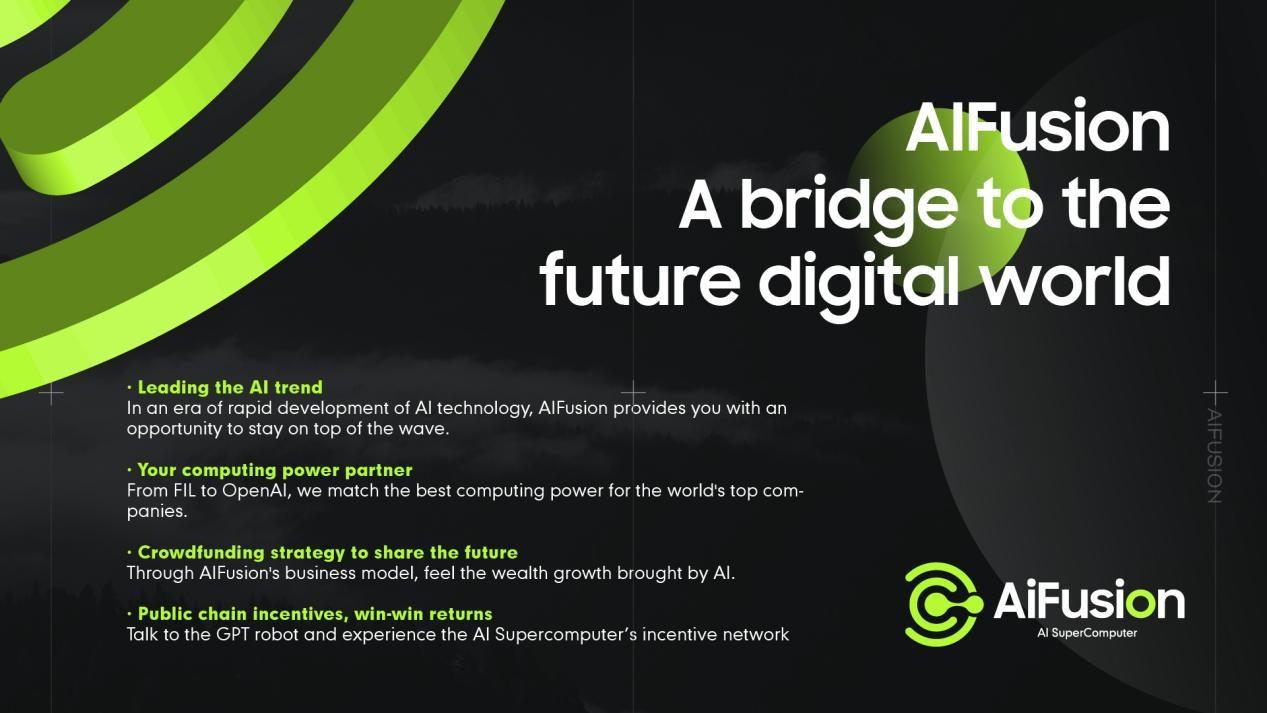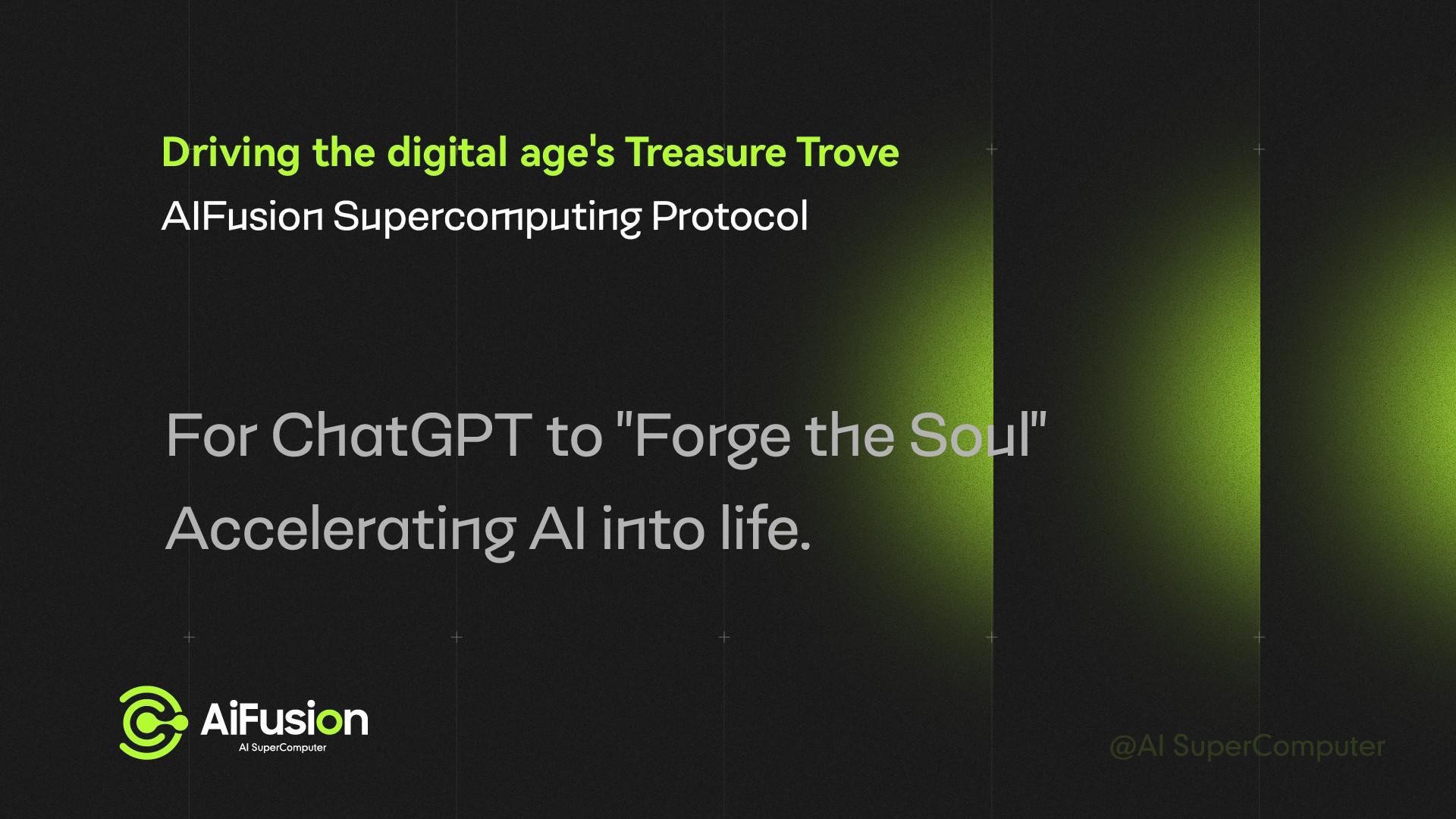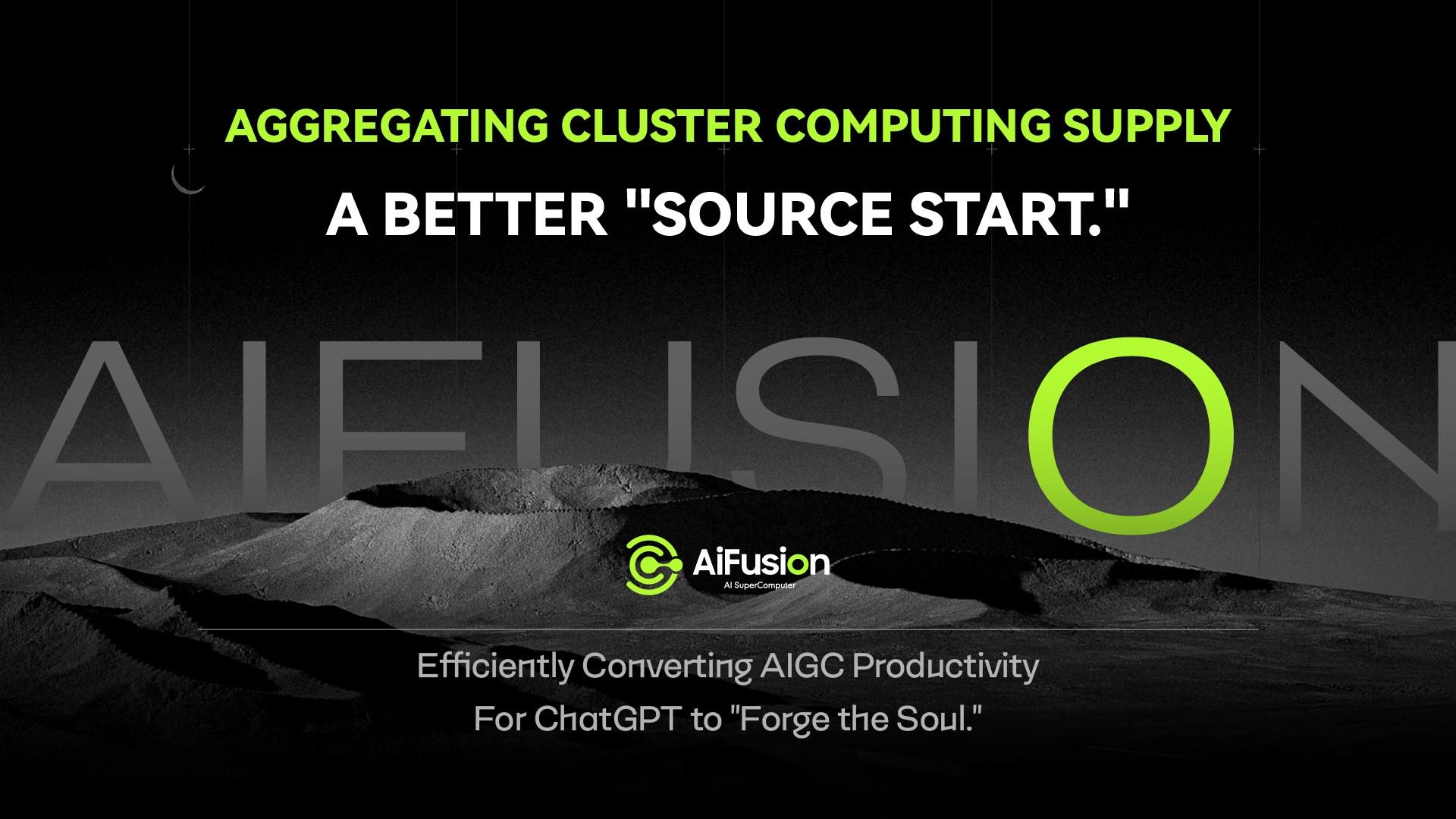Web3 is another evolution of the current Internet, and it has also brought many changes and influences. As an important role in Web3, Polkadot’s technical updates and important processes are often closely related to the development of the Web3 industry, so this issue is launched [ Polkadot Events] column provides an interpretation of Polkadot’s latest developments and trends to help everyone grasp Polkadot’s development trends.
 background
background
Since AIGC came out of the circle last year, the impact has gradually penetrated into all walks of life. Although there was a lot of decline in access to AI applications led by ChatGPT in the middle of the year, it still did not affect the rapid leap of AI. As another emerging technology, how to combine Web3 with AI has become a topic discussed by many institutions and industry participants.
According to the current development of Web3, the utility of AI can be roughly divided into two parts. One is to use AI to provide information or technical assistance for Web3 to achieve convenient development or lower the threshold; the other is to use the technical logic of Web3 to provide AI with Provide infrastructure construction, such as computing power support, data protection, etc.
Many teams have explored the above two directions. At the beginning of this year, Messari, a well-known research institution in the Web3 industry, gave a comprehensive description of the latter direction and proposed a standardized concept, which it called "DePIN" - decentralization. Decentralized Physical Infrastructure networks.
Some time ago, the DePIN project Bittensor, which combined Web3 with AI, once again made this concept popular. Different from the mainstream decentralized storage and decentralized computing, which are well-known directions, Bittensor effectively combines "algorithms" with Web3. The combination aims to schedule and screen different AI algorithms through the blockchain to reduce the monopoly of algorithms and achieve freer competition.
However, what most people don’t understand is that Bittensor is originally a Polkadot ecological project. In a sense, its emergence provides another insight into the development direction of DePIN for the Polkadot ecosystem. Messari emphasized in the report that DePIN will become one of the most important areas for Crypto investment in the next ten years. So what is the magic of DePIN, why is it sought after by mainstream institutions, and why the Polkadot ecosystem should focus on DePIN. Let’s analyze it one by one below.
 DePIN definition and characteristics
DePIN definition and characteristics
First of all, let’s take a closer look at what “DePIN” is. According to Messari’s earliest definition, it describes it as the physical foundation of the DePIN network using cryptoeconomic protocols to deploy the real world based on the success of decentralized protocols and incentivizing activities in the digital field. Facilities and Hardware Network. and leverage blockchain to coordinate and align millions of individuals in the deployment and operation of trustless, permissionless and programmatic infrastructure.
Of course, the above introduction is a bit bloated and professional. Simply put, any individual or company in the world builds a hardware network in a distributed manner for people to use, and contributors receive corresponding economic compensation or Token through the blockchain network. In order to maintain the smooth operation of the hardware, we can call such a hardware network "DePIN".
Messari divides the DePIN track into four major sectors, namely service network, wireless network, sensor network and energy network.
A service network is a group of computers that work together to provide a variety of Web-based services by leveraging free storage, computing, and bandwidth resources.
Wireless networking is designed to revolutionize the way communications networks are built and operated, achieving superior unit economics due to reduced capital and operating expenses and the elimination of spectrum licensing costs compared to traditional providers.
Sensor networks consist of a network of interconnected devices embedded with sensors that collect real-time data from the physical world and then transmit it to gateways for processing and analysis.
Energy networks aggregate distributed energy resources to create a more resilient and efficient energy network.
Compared with currently building a hardware network through a certain company, DePIN encourages users to share resources through tokens, allowing resources to flow efficiently to the demand side. It weakens the role of middlemen to some extent, making resources more efficient on the supply side. The connection with the demand side is more unobstructed, and the utilization of resources is also improved. Therefore, compared with the top-down deployment model of centralized entities, this bottom-up approach appears to be more fair and efficient.
According to the latest data from CoinGecko, the market size of DePIN has exceeded 8 billion US dollars, making it a truly popular track. From the perspective of business model, DePIN has opened up an innovative path to build global infrastructure with low thresholds, and also opened up a new direction for the new economy focusing on big data, cloud services and AI. From the perspective of technological development, DePIN creatively integrates blockchain and AIoT (Artificial Intelligence Internet of Things), providing new ideas for the implementation of Web3.
 How big is the market for DePIN?
How big is the market for DePIN?
Messari divides the DePIN track into four major sectors: service network, wireless network, sensor network and energy network. We might as well judge the development potential of DePIN through the market size of these sectors in traditional fields. These four major sectors cover a wide range of areas. We might as well use the cloud market and the Internet of Things market as subsets for reference.
In July 2023, IDC released the 2023 "Global Public Cloud Service Expenditure Guide". Data show that the global public cloud service market revenue will total US$545.8 billion in 2022, an increase of 22.9% over 2021.
In the same month, IDC also released the 2023 V1 version of the Global Internet of Things Spending Guide. Data shows that the total global IoT expenditure in 2022 will be approximately US$730 billion, and is expected to be close to US$1.2 trillion in 2027, with a five-year compound growth rate of 10.4%.
It is worth noting that these data are market data for 2022. It was not until the end of 2022 that AI technology represented by ChatGPT had just begun to explode, so these data are only market data before the outbreak of AI, but it can still be seen that the two markets combined not only already have a trillion-dollar market scale, and maintains double-digit rapid growth.
With the explosion of AI technology, AIGC needs more network resources, and AI technology will also allow more human-computer interaction needs to be discovered in large quantities. The development of intelligent hardware will also accelerate. The rise of AI will definitely make cloud services and The two major markets for the Internet of Things are growing faster.
Therefore, the market of the traditional four major sectors is a massive market far exceeding one trillion US dollars, and it is also a fast-growing market. As a decentralized hardware network, DePIN will gradually expand its territory in this market and occupy a certain market share. It has great prospects.
 AIFusion: The supercomputing power driving DePIN and AI fields
AIFusion: The supercomputing power driving DePIN and AI fields
In today's digital era, two fields, DePIN (digital economic infrastructure network) and artificial intelligence (AI), have emerged and become the focus of global innovation. With its unique distributed supercomputing network and supercomputing protocol, AIFusion is committed to providing powerful supercomputing supply services for these two tracks and contributing to the development of the digital economy and artificial intelligence fields.
DePIN represents the digital economic infrastructure network and is the support system for the operation of the digital economy. It includes various digital technologies, network infrastructure, data centers and other elements, forming the cornerstone of the digital era. In this rapidly growing field, there is a growing need for large-scale data processing, network optimization, and real-time decision-making.
AIFusion provides DePIN with powerful computing power support by establishing a distributed supercomputing network. This not only helps accelerate data processing and analysis and improve network performance, but also provides reliable and efficient infrastructure support for the development of DePIN. AIFusion's supercomputing protocol enables DePIN participants to purchase AI supercomputing network mapping servers and enjoy the dividend income generated by computing power, thereby better meeting the needs of digital economic infrastructure networks.
Artificial intelligence is becoming the engine that drives technological innovation, covering multiple subfields from machine learning to natural language processing. In the field of AI, computing power is a key factor in promoting model training, deep learning and innovation. AIFusion provides AI entrepreneurs and developers with stable and low-cost computing power rental services through its global distributed supercomputing network platform to promote continuous innovation in the field of artificial intelligence.
The introduction of the supercomputing protocol enables users to participate in the core computing power supply chain of the entire AIGC industry and enjoy the dividends generated by computing power by purchasing AI supercomputing network mapping servers. This mechanism not only provides a stable source of computing power for the AI field, but also provides global investors with a convenient way to participate in the AI industry, promoting the development of the artificial intelligence revolution.
AIFusion’s core advantages
Global distributed supercomputing network: AIFusion's supercomputing network platform covers 20 countries and regions around the world, and cooperates with centralized supercomputing equipment suppliers to provide powerful and reliable computing power support for the DePIN and AI fields.
Innovation in supercomputing protocols: AIFusion's supercomputing protocols provide users with the opportunity to participate in the core computing power supply chain, stimulate users' enthusiasm for participation through the computing power dividend mechanism, and create stable and high-yield investments in the digital economy and artificial intelligence fields. Return.
Strong partners and investment support: AIFusion has received investment support from well-known institutions such as Inflection AI, Exor Digital Holdings Limited, Anthropic, Hugging Face, Joy Universe Labs, Jasper, etc., and has cooperated with Mobileye, Midjourney, Sysco, ResMed, VMware, GE Digital, USAA, CVS Health and other partners jointly promote the globalization of supercomputing services.
AIFusion provides powerful supercomputing supply services for the DePIN and AI fields with its unique supercomputing protocol and distributed supercomputing network. Through innovative computing power allocation mechanisms and a global cooperation network, AIFusion not only meets the needs of digital economic infrastructure networks and artificial intelligence fields, but also provides a more convenient way for global innovation and investment. As AIFusion continues to develop, I believe it will play an increasingly important role in promoting progress in the digital economy and artificial intelligence fields.
Related posts
2024-02-24
10 mins read
9617 Views
Amidst the rapid development of the digital era, we are thrilled to announce that Elephant EX will soon embark on the global stage, in
2024-02-24 10 mins read 9617 Views
Amidst the rapid development of the digital era, we are thrilled to announce that Elephant EX will soon embark on the global stage, in
2024-02-24 10 mins read 9617 Views
Amidst the rapid development of the digital era, we are thrilled to announce that Elephant EX will soon embark on the global stage, in






